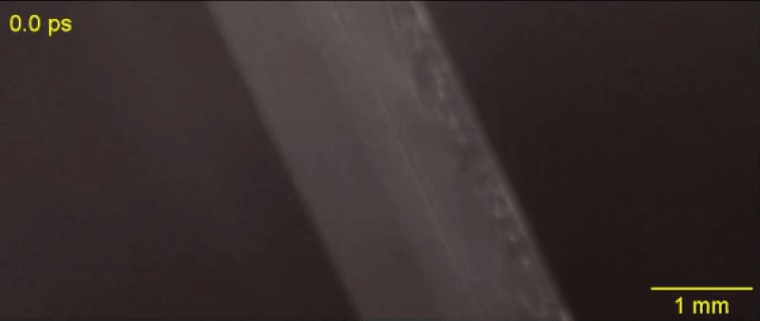- cross-posted to:
- [email protected]
- cross-posted to:
- [email protected]
In all the Universe, only a few particles are eternally stable. The photon, the quantum of light, has an infinite lifetime. Or does it?
One of the most enduring ideas in all the Universe is that everything that exists now will someday see its existence come to an end.
But, perhaps, there are exceptions to this general rule, and that some things will truly live on forever.
One such candidate for a truly stable entity is the photon: the quantum of light. All of the electromagnetic radiation that exists in the Universe is made up of photons, and photons, as far as we can tell, have an infinite lifetime. Does that mean that light will truly live forever?
"Do photons live forever? Or do they ‘die,’ and convert to some other particle? The light we see erupting from cosmic events over a verrrrry long past … we seem to know where it comes from, but where does it go? What is the life cycle of a photon?”
It’s a big and compelling question, and one that brings us right up to the edge of everything we know about the Universe.
Here’s the best answer that science has today.
I read the article.
The answer is Yes. We’re pretty sure.
Actually the answer is, we don’t know. The article implies yes, but we simply do not know for certain.
What is certain is there is a lower bound and the universe is far younger than that lower bound.
Proton != Photon
The idea that photons have a finite lifespan, and therefore mass, is difficult to imagine. Indeed, astronomers looking at distant cosmic objects regularly detect photons that are billions of years old. But some theories suggest that photons could have a non-zero rest mass, albeit a small one – the upper limit for the mass of the photon is constrained to 10–18 eV or 10–54 kg thanks to experiments with electric and magnetic fields. And with this small mass, a photon could decay into other lighter elementary particles, such as a pair of the lightest neutrino and an antineutrino, or even particles that are currently unknown and beyond the Standard Model of particle physics.
Same result just longer timeline.



